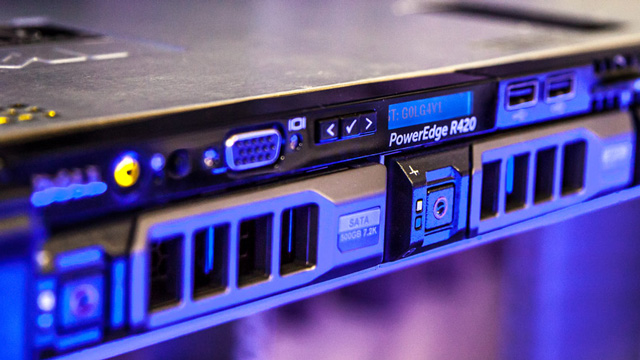
If you’re new to Information Technology, this is the class to start with. This course will introduce you to computer fundamentals: the hardware inside the computer, networking concepts, laptops, and printers.
Inquiries & Bookings
The CompTIA+ certifications are industry-recognized and show technological proficiency among entry-level IT Professionals. The 220-801 Boot Camp is hands-on, which allows students to literally dig into computer hardware and realize for themselves that these devices are not so complicated! Furthermore, as this is likely the first class many students will take, extra emphasis is devoted to taking certification exams and how to study effectively to ensure a passing score.
Plenty of hardware is available for the labs. Desktop computers, laptops, hard drives, memory SIMMs/DIMMs, printers, switches, routers, fans, CPUs, and everything else needed to develop a comprehensive understanding of hardware is readily available to all students for the duration of the course.